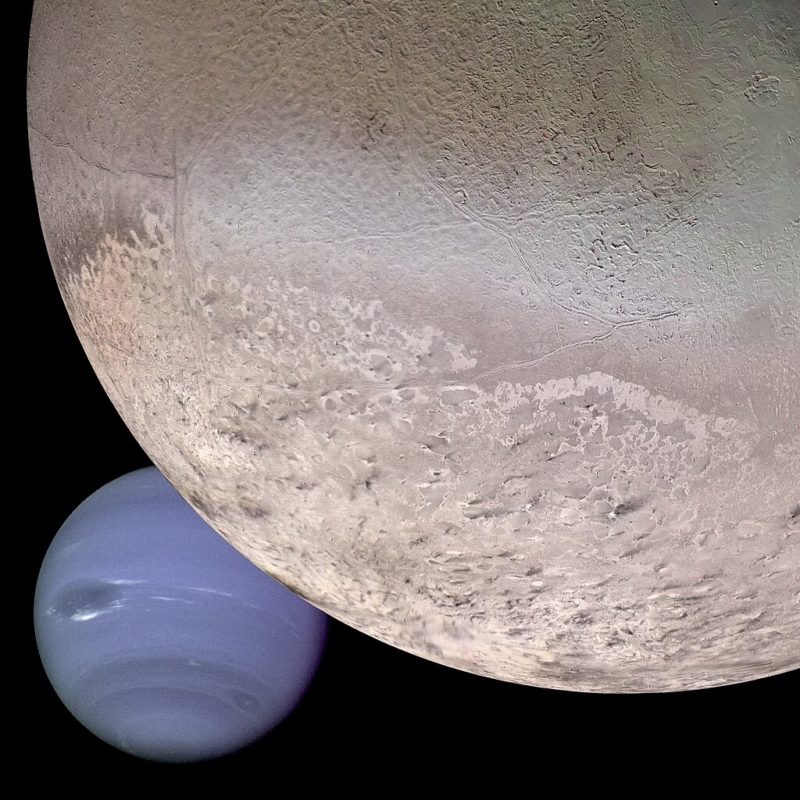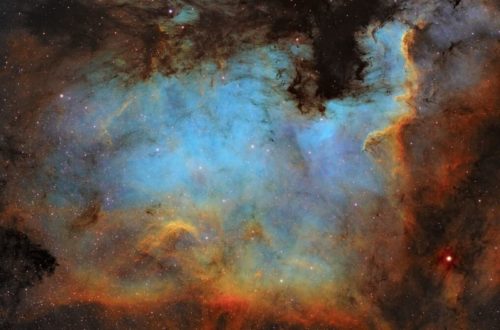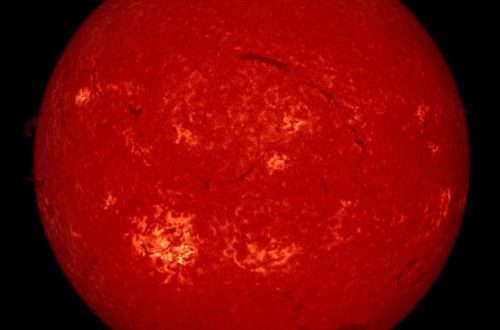Why Do We Think Triton Is a Captured Moon?

Have you ever wondered why scientists believe that Triton, one of Neptune’s moons, is a captured moon?
In this article, we will explore the key evidence and reasons that support this intriguing hypothesis. From its unusual orbit to its composition, Triton presents a wealth of compelling clues that suggest it was not born in its current location. Let’s delve deeper into the fascinating world of Triton and uncover the mystery behind its origins.
Triton’s Retrograde Orbit
One of the primary reasons why scientists believe Triton is a captured moon lies in its unconventional orbit around Neptune. Unlike most moons that orbit their host planets in the same direction as the planet’s rotation (prograde motion), Triton orbits Neptune in the opposite direction (retrograde motion). This retrograde orbit is highly unusual and suggests that Triton did not form alongside Neptune but was captured from somewhere else. Recent simulations also suggest that Triton’s capture may have disrupted Neptune’s original satellite system and contributed to the loss or rearrangement of earlier moons.
Unusual Composition
Triton has a composition similar to Pluto and other objects in the Kuiper Belt, a region of the outer solar system beyond Neptune that contains many icy bodies. This composition is distinct from the larger moons of Neptune. Observations using advanced telescopes, including recent data from the James Webb Space Telescope, continue to support Triton’s similarities to Kuiper Belt objects, reinforcing its likely origin as one of them.
How Was Triton Captured?
The most likely current hypothesis is that the moon was originally part of a binary system with another object and was eventually captured by Neptune due to gravitational interactions. This is known as a three-body gravitational encounter. The binary system could have been similar to the one that currently exists between Pluto and Charon. Craig B. Agnor and Douglas P. Hamilton proposed this model in the early 2000s, and it remains a leading explanation as of 2025.
This capture was most likely very violent. Before Triton’s orbit stabilized, it probably collided with at least one other moon and caused collisions between other moons around Neptune. Raluca Rufu and Robin M. Canup (2017) proposed that Triton’s capture would have destabilized pre-existing moons, potentially triggering massive collisions and the creation of a debris disk. More recent models suggest it may have taken hundreds of millions of years for Triton’s orbit to fully stabilize.
Conclusion
Through analyzing the key evidence, such as Triton’s unusual orbit and composition, scientists have formulated a strong case suggesting that Triton is indeed a captured moon. The combination of these compelling factors provides valuable insights into the formation and evolution of moons in our solar system.
Triton also displays remarkable features like active cryovolcanism and a distinctive “cantaloupe terrain,” offering further clues into its post-capture evolution and internal activity. By unraveling the mysteries of Triton, we gain a deeper understanding of the dynamic nature of the cosmos and the captivating forces at play. So, the next time you observe Triton shining in the night sky, remember the fascinating tale behind its capture and ponder the wonders of our vast universe.
Would you like to receive similar articles by email?





